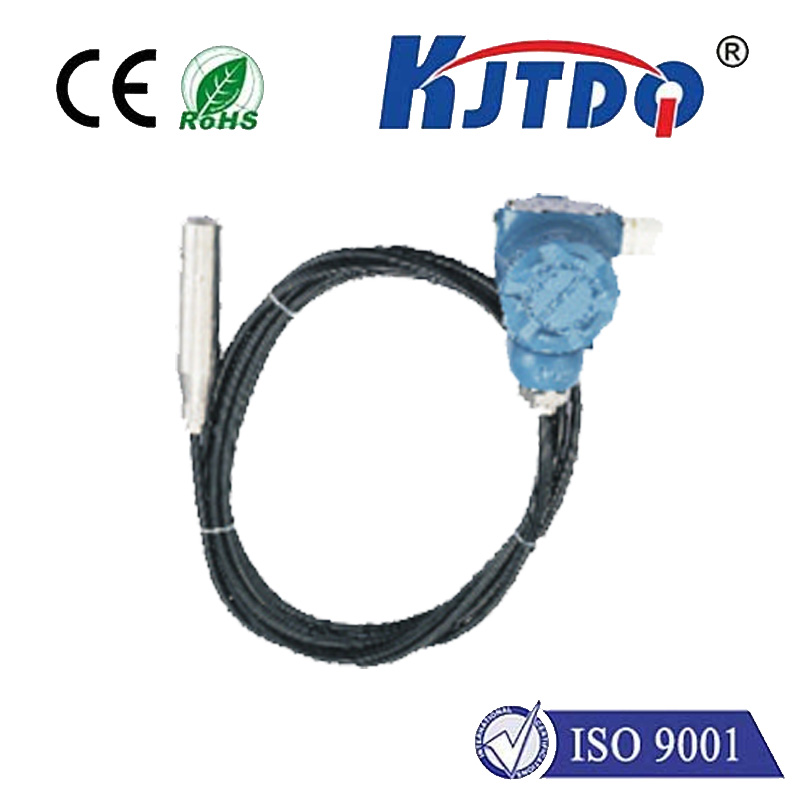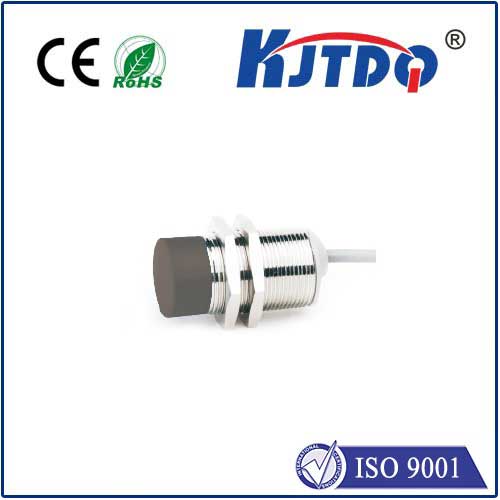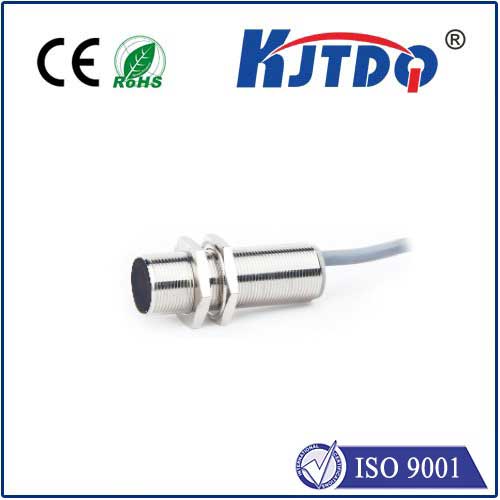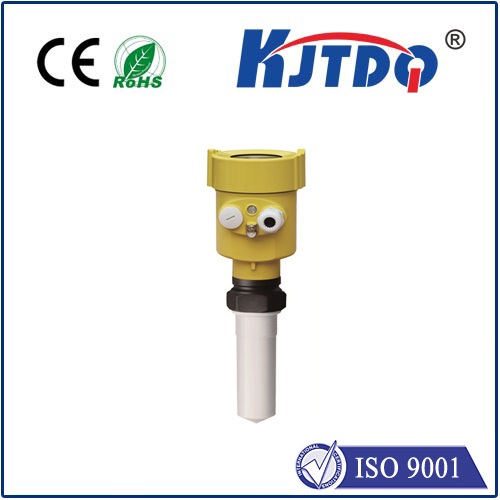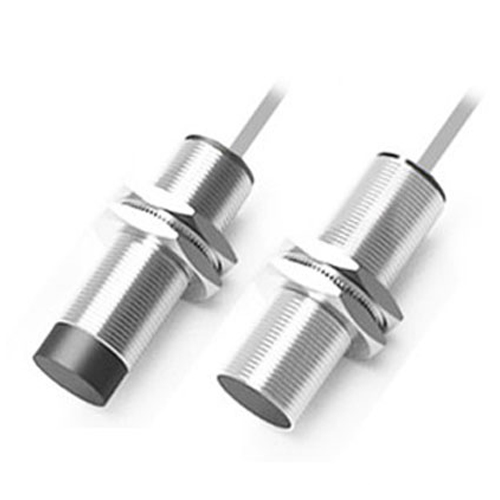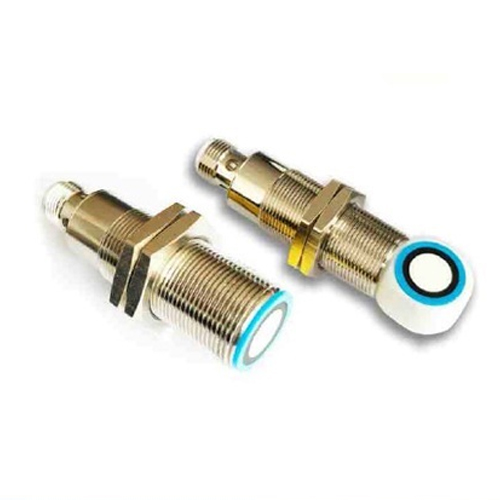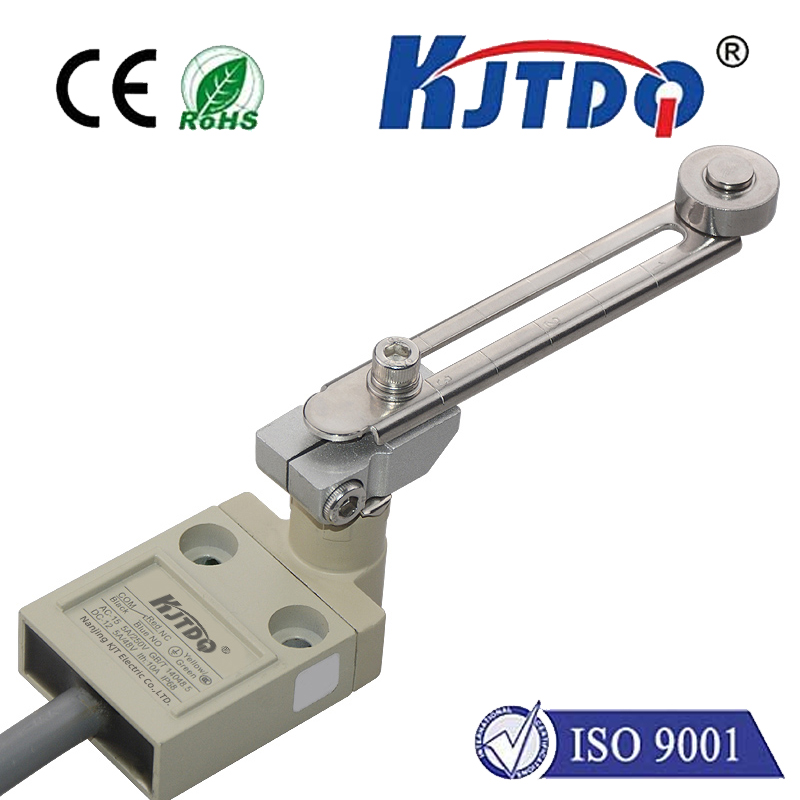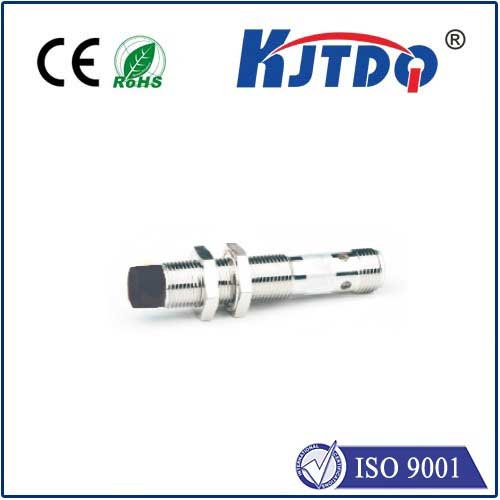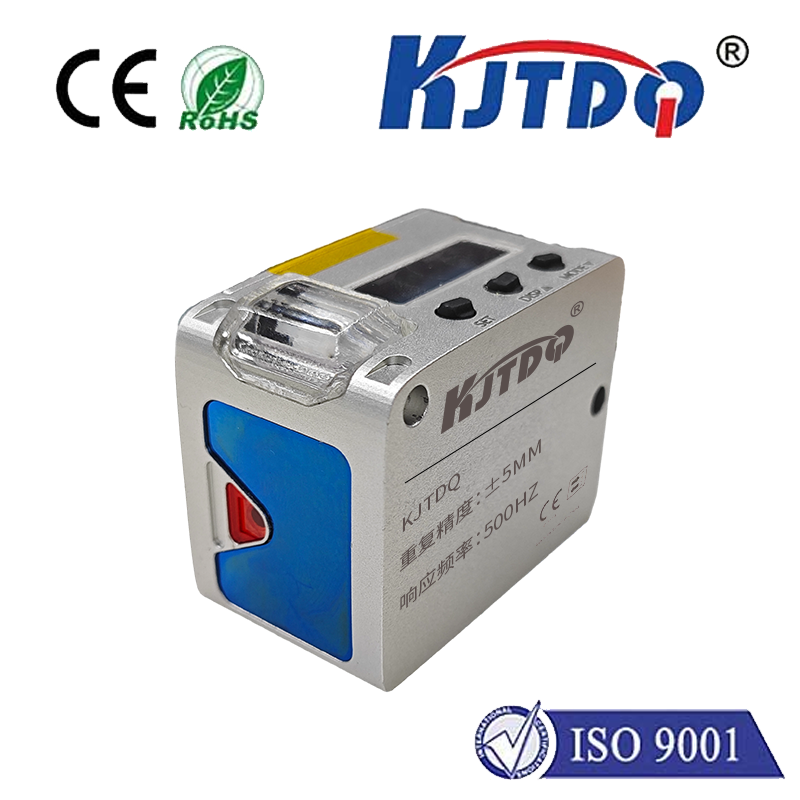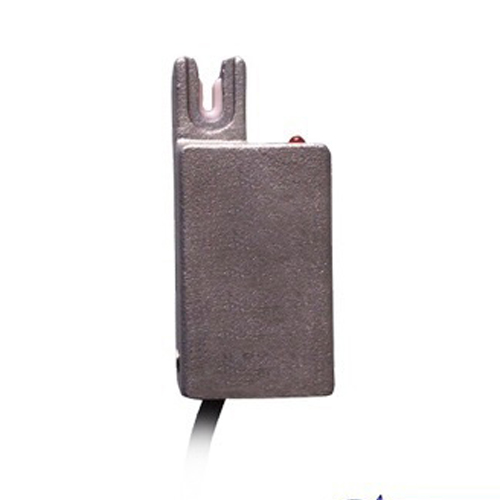digital temperature sensor
- time:2025-08-21 01:32:12
- Нажмите:0
The Digital Temperature Sensor Revolution: Precision Measurement for a Connected World
Ever wondered how your smartphone knows it’s overheating? Or how your smart thermostat keeps your home perfectly comfortable? Or how industrial processes ensure critical equipment doesn’t fail? The unsung hero enabling this precision thermal monitoring is the digital temperature sensor. Gone are the days of solely relying on mercury thermometers or finicky analog outputs. We’re witnessing a fundamental shift towards digital sensing technology, fundamentally changing how we measure and interact with temperature data.
Understanding the Digital Core
At its heart, a digital temperature sensor is an integrated circuit (IC) designed specifically to measure temperature and communicate that data in a digital format. Unlike traditional sensors that output a varying voltage or resistance (analog signals), a digital sensor incorporates an analog-to-digital converter (ADC) right on the chip. This core component translates the tiny electrical changes caused by temperature fluctuations into discrete binary numbers – the language of computers and microcontrollers.
Why Digital? Key Advantages Driving Adoption

The move from analog to digital temperature sensing delivers compelling benefits across diverse applications:
- Unparalleled Precision & Accuracy: Digital temperature sensors are engineered for exceptional linearity and low drift over time and temperature. On-chip calibration during manufacturing ensures highly accurate readings often within ±0.1°C to ±0.5°C ranges, significantly outperforming many analog solutions, especially over their full operating range. This precision is vital for medical diagnostics, scientific research, and advanced manufacturing.
- Simplified Circuit Design: The integrated ADC eliminates the need for external signal conditioning circuitry – amplifiers, ADCs, complex calibration routines – that were traditionally required to translate an analog sensor’s output into a usable digital signal. This drastically simplifies board layout, reduces component count, lowers design complexity, and saves valuable space.
- Direct Digital Output: The direct digital output (via interfaces like I²C, SPI, or 1-Wire) is inherently immune to noise corruption that severely plagues analog signals, especially over longer cable runs in electrically noisy environments (like factories or automotive systems). This ensures reliable data transmission, crucial for temperature measurement in mission-critical systems.
- Easier Integration & Programmability: Communicating digitally allows seamless connection to microcontrollers (MCUs), systems-on-chips (SoCs), and processors. This facilitates easy reading of temperature values in standard units (Celsius or Fahrenheit) via simple software commands. Features like programmable alarm thresholds and configurable resolution enhance flexibility.
- Cost-Effectiveness at Scale: While the per-unit cost of a sophisticated digital sensor IC might be higher than a simple analog thermistor, the total system cost is often lower. Eliminating external signal conditioning components, simplifying PCB design, reducing calibration time, and easing manufacturing complexity lead to significant savings, especially in high-volume production. Their small size (often SMD packages) also contributes to this efficiency.
Diverse Applications: Where Digital Temperature Sensing Thrives
The unique advantages of digital temperature sensors make them indispensable across countless sectors:
- Consumer Electronics: Monitoring processor temperature in smartphones, laptops, tablets, and gaming consoles to prevent thermal throttling or shutdown. Ensuring battery safety within chargers and power banks. Enabling comfort control in smart thermostats and appliances.
- Industrial Automation & Control: Precisely monitoring machine health, motor windings, hydraulic fluids, and process temperatures to optimize efficiency, predict maintenance needs, and prevent costly downtime or failures. Programmable alarms trigger critical actions.
- Automotive Systems: Essential components for engine management (coolant, intake air temp), battery thermal management in EVs/HEVs, cabin climate control, exhaust gas monitoring, and safeguarding electronic control units (ECUs) from overheating.
- Medical Devices: Ensuring patient safety and device accuracy in critical equipment like dialysis machines, incubators, diagnostic instruments, and wearable health monitors. Точность is non-negotiable here.
- HVACR (Heating, Ventilation, Air Conditioning, Refrigeration): Providing the core temperature data for thermostats, environmental monitoring systems, and refrigeration units to maintain precise climate control and energy efficiency.
- Data Centers & Telecom: Monitoring servers, network switches, and power supplies to prevent overheating-induced failures and optimize cooling strategies, a major operational expense.
- Scientific & Test Equipment: Delivering the high precision required for laboratory instruments, environmental chambers, and research applications.
Evolution and Future Trends
Цифровой датчик температуры technology is continuously advancing. Key trends include:
- Miniaturization: Packing more features into ever-smaller footprints enables integration into wearables and ultra-compact devices.
- Lower Power Consumption: Crucial for battery-powered IoT devices, leading to sensors with ultra-low active and quiescent currents, often featuring wake-on-interrupt modes.
- Higher Accuracy & Resolution: Pushing the boundaries of precision for more demanding applications like medical diagnostics and advanced calibration labs.
- Integrated Functionality: Combining temperature sensing with other environmental monitoring capabilities (humidity, pressure, ambient light) on a single chip, creating comprehensive “environmental sensors.”
- Enhanced Connectivity: Wider adoption of standardized digital buses like I²C and SPI, and growing use in wireless sensor networks.
The Indispensable Thermal Insight
The transition to digital temperature sensing represents more than just a technical upgrade; it signifies a paradigm shift enabling smarter, more connected, and more reliable systems. By providing highly accurate, digitally native, and easily integrable temperature data, these sensors form a critical sensory layer for the Internet of Things (IoT) and countless other modern technologies. They empower engineers and developers to build products and systems that are more efficient, safer, and responsive to the thermal environment. As technology continues its relentless march forward, the digital temperature sensor will remain a fundamental building block, quietly and precisely measuring the heat that shapes our world, driving innovation across every industry that relies on accurate temperature measurement.

